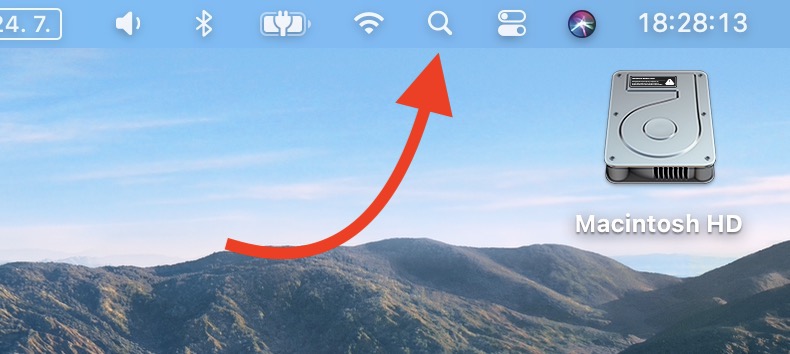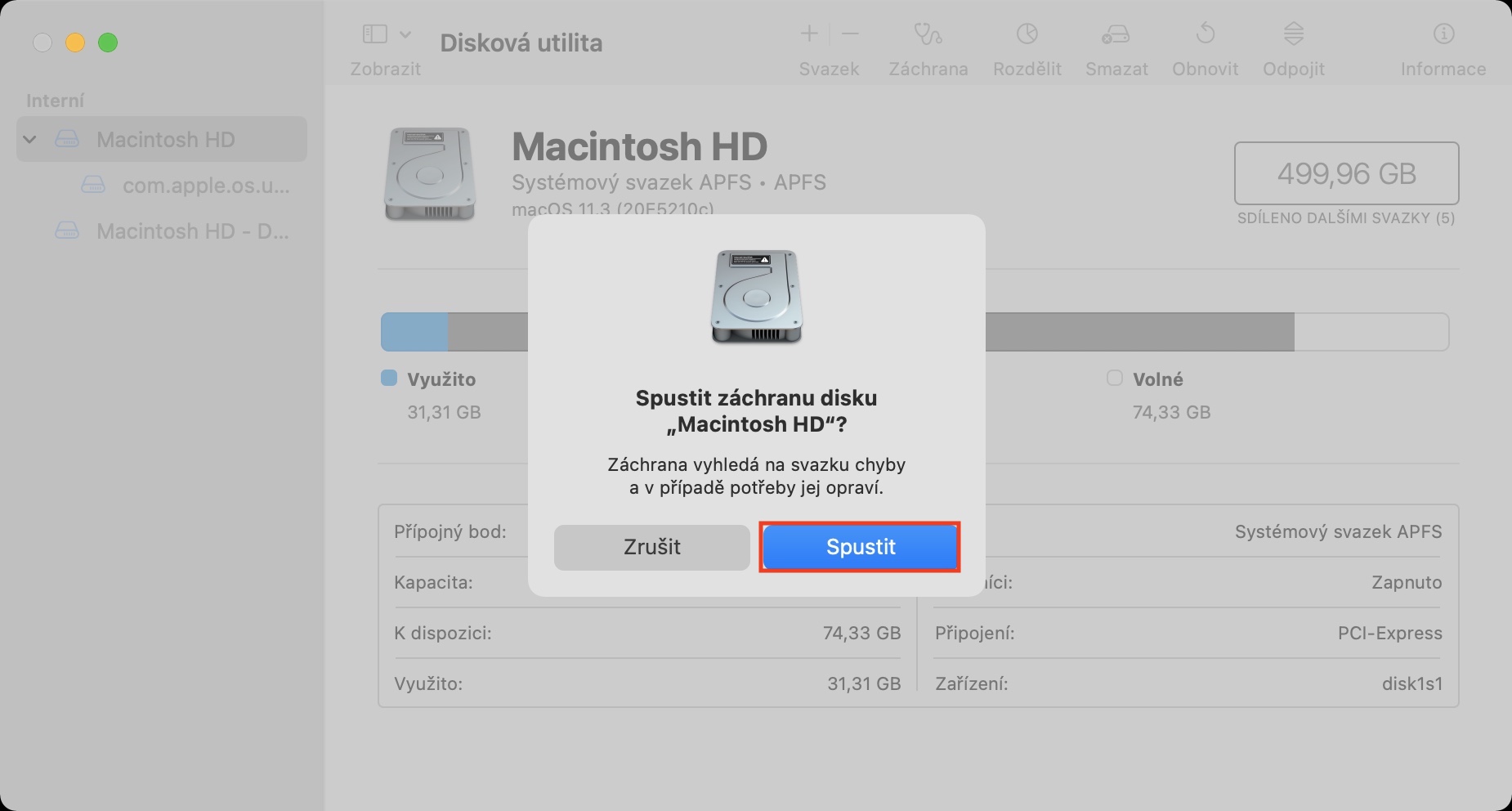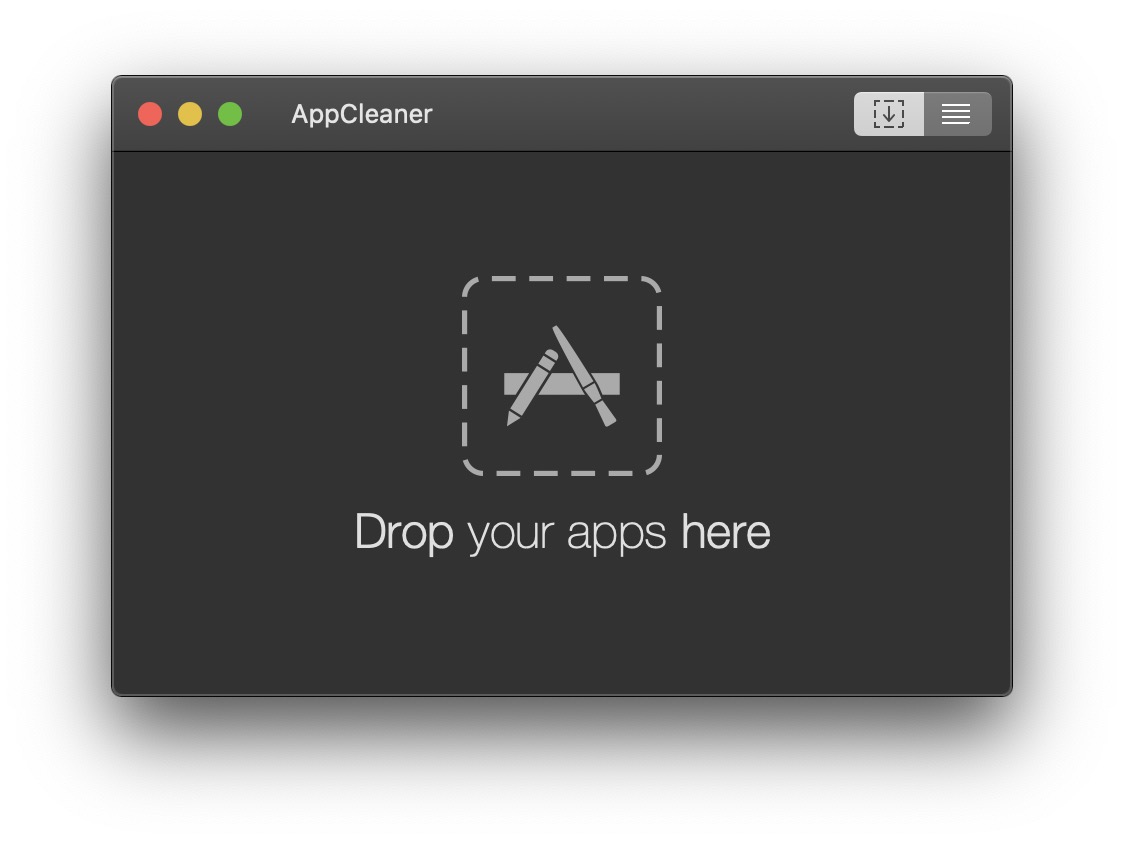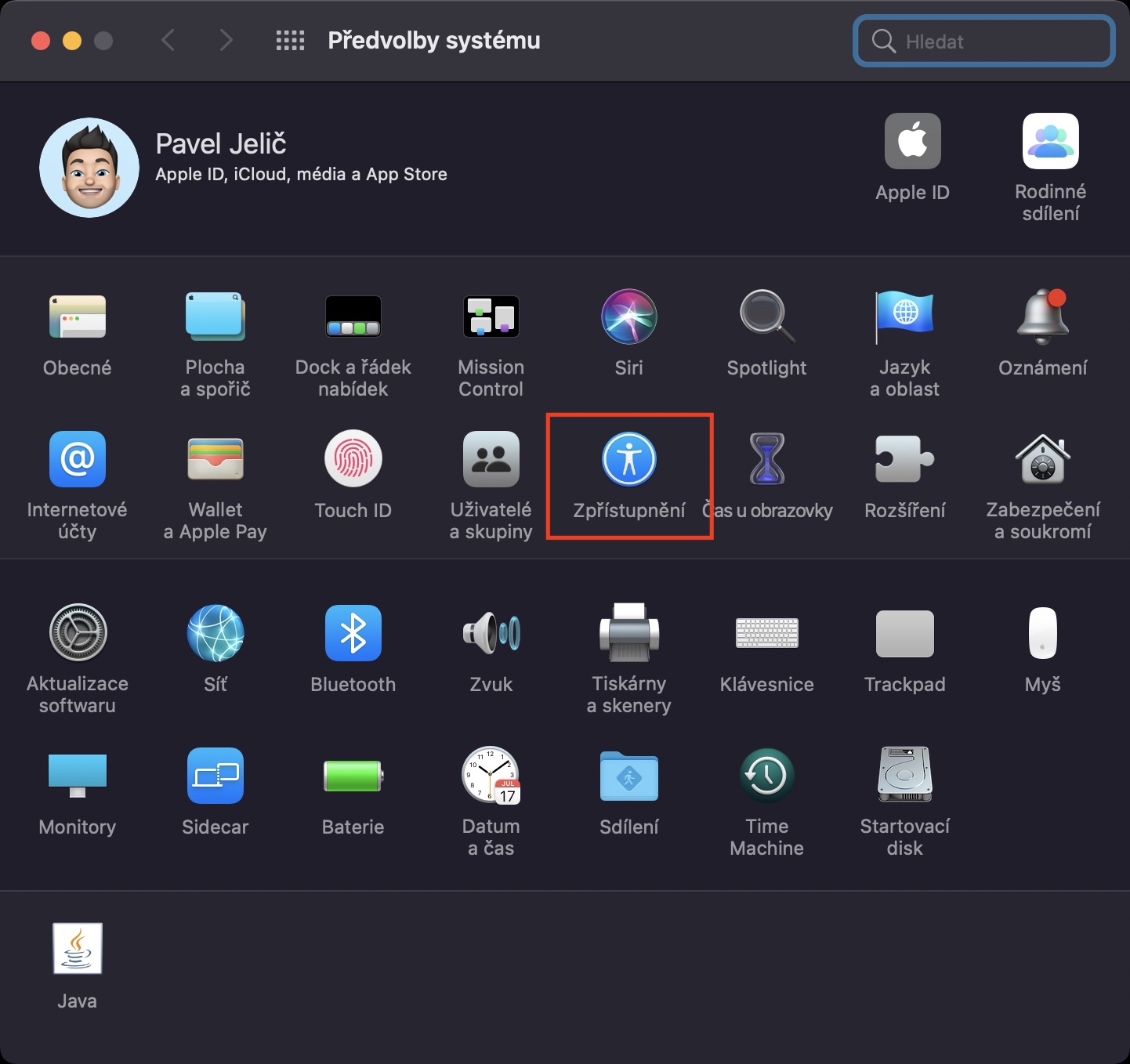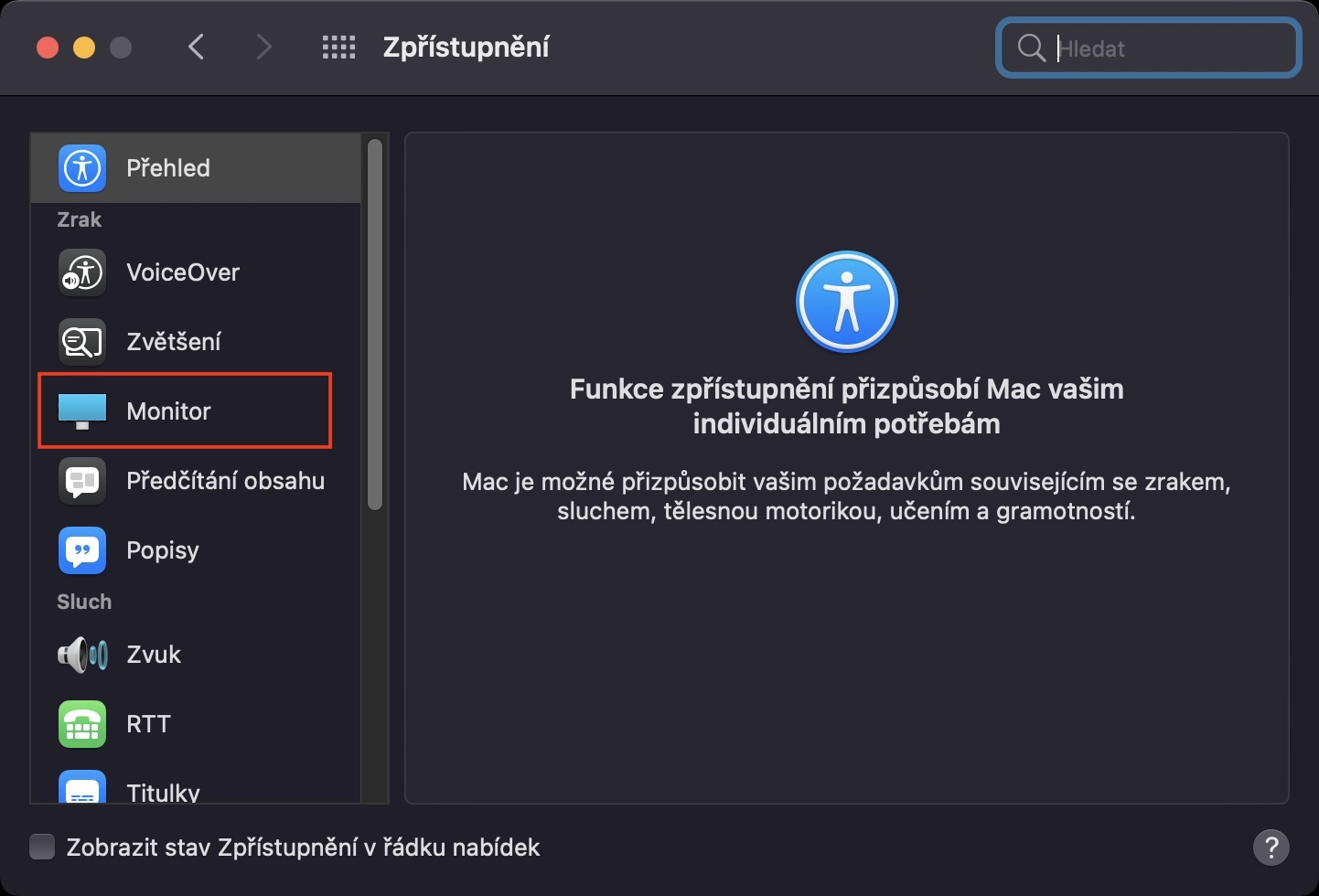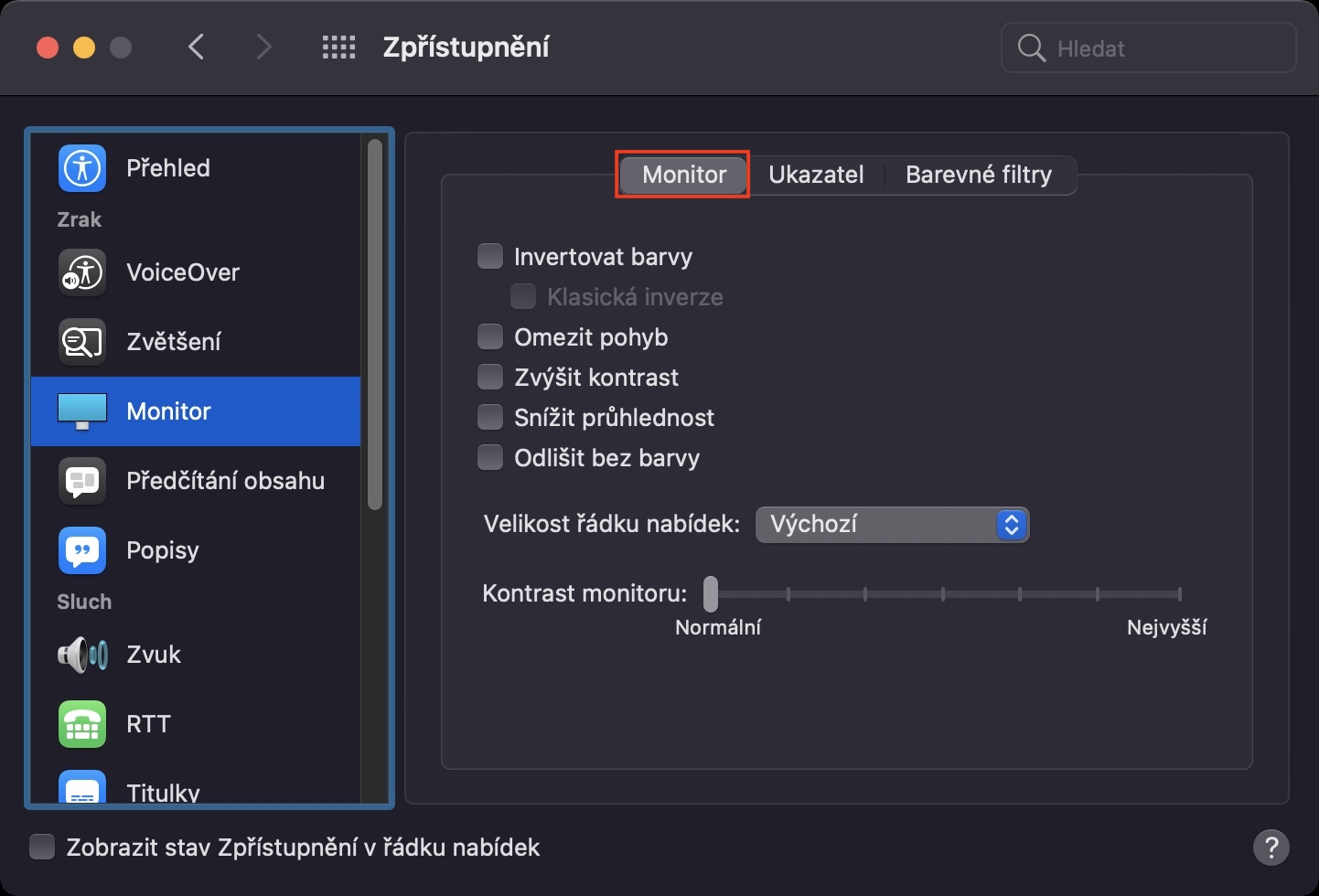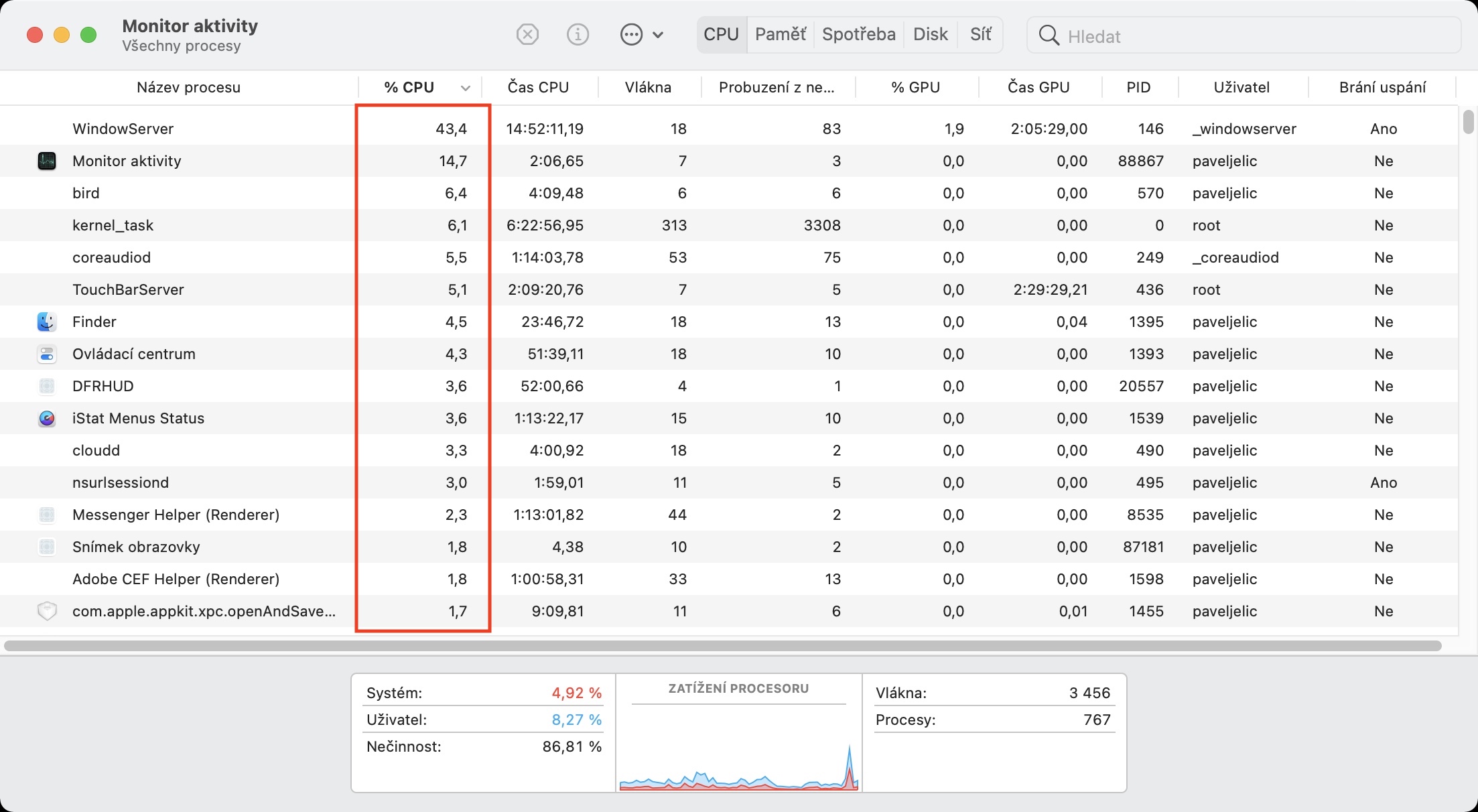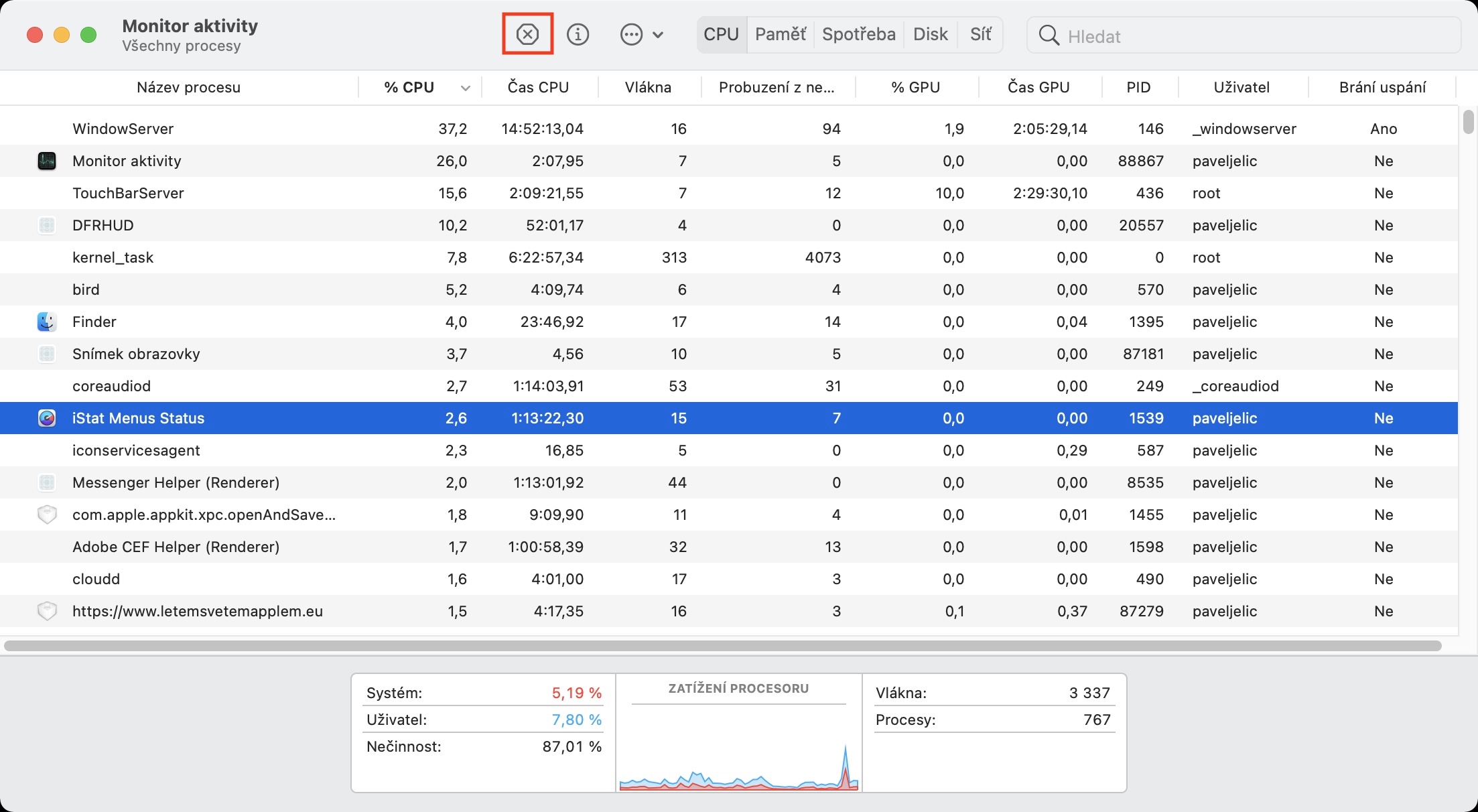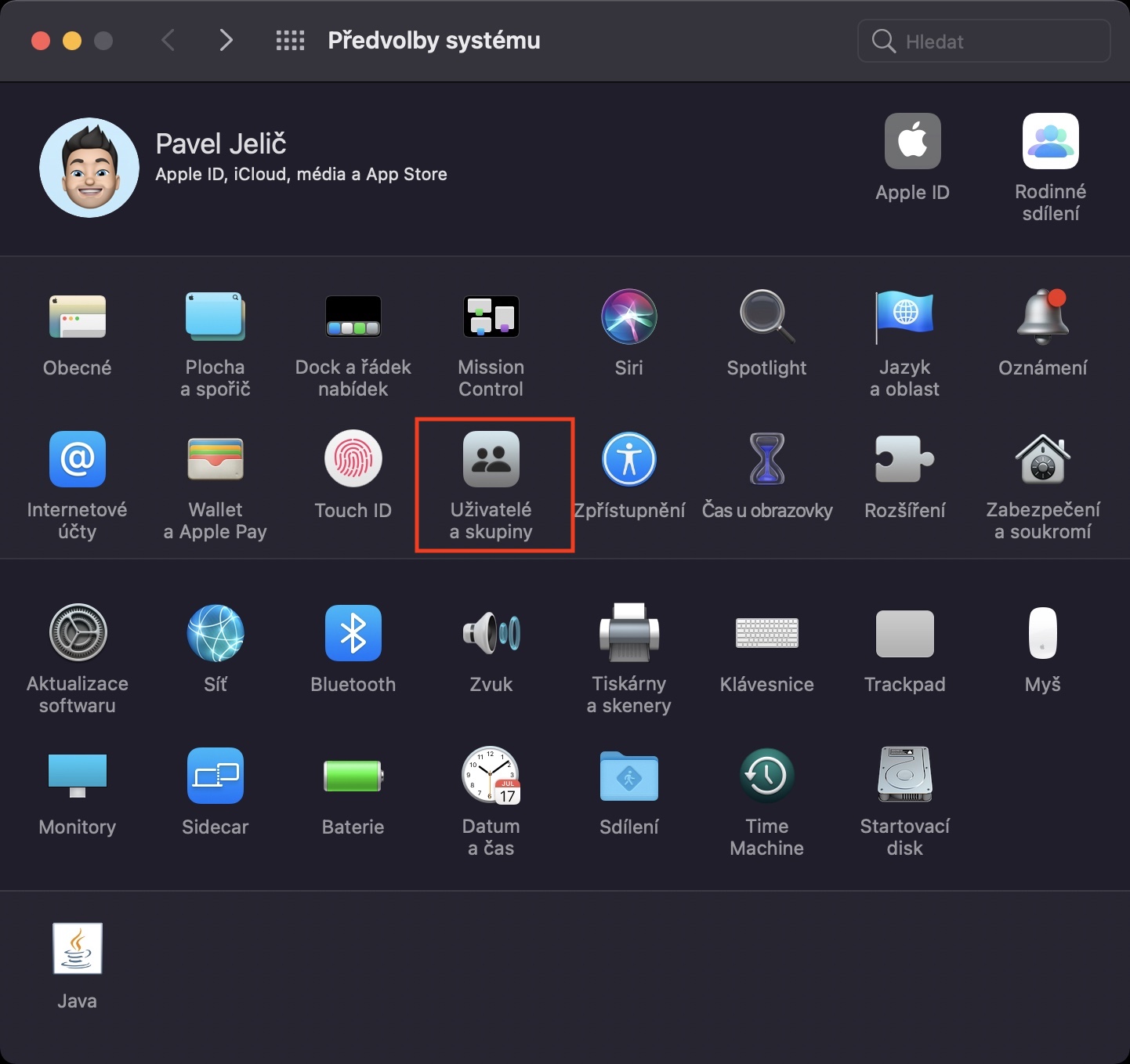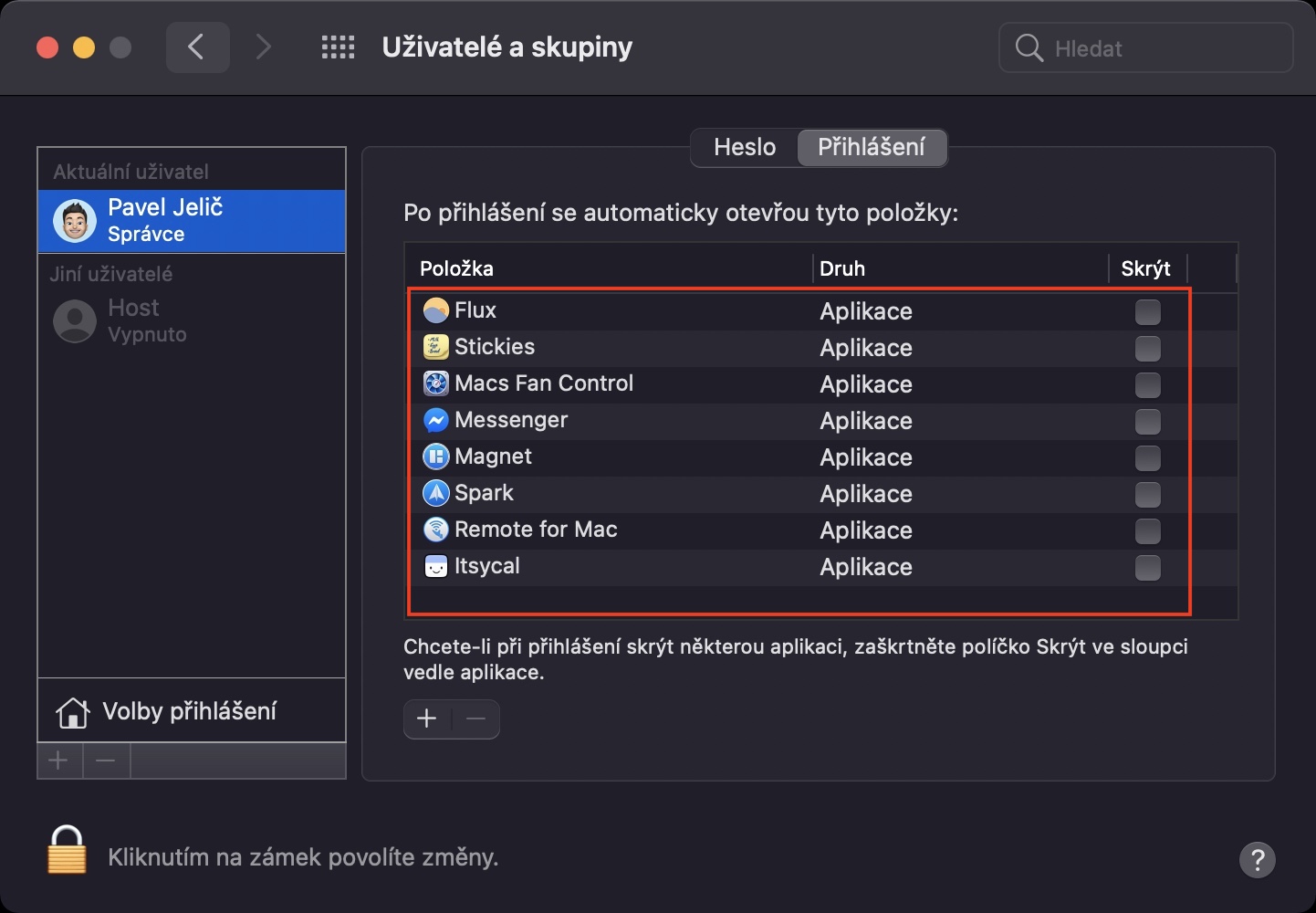A few days ago we saw the release of new operating systems from Apple. As a reminder, iOS and iPadOS 15.5, macOS 12.4 Monterey, watchOS 8.6 and tvOS 15.5 were released. So if you own supported devices, that means you can download and install these updates on them. But the truth is that after practically every update there are some users who find themselves in problems. Most often, they complain about poorer endurance or lower performance - we also take care of these users. In this article, we'll show you 5 tips to help you speed up your Mac.
It could be interest you
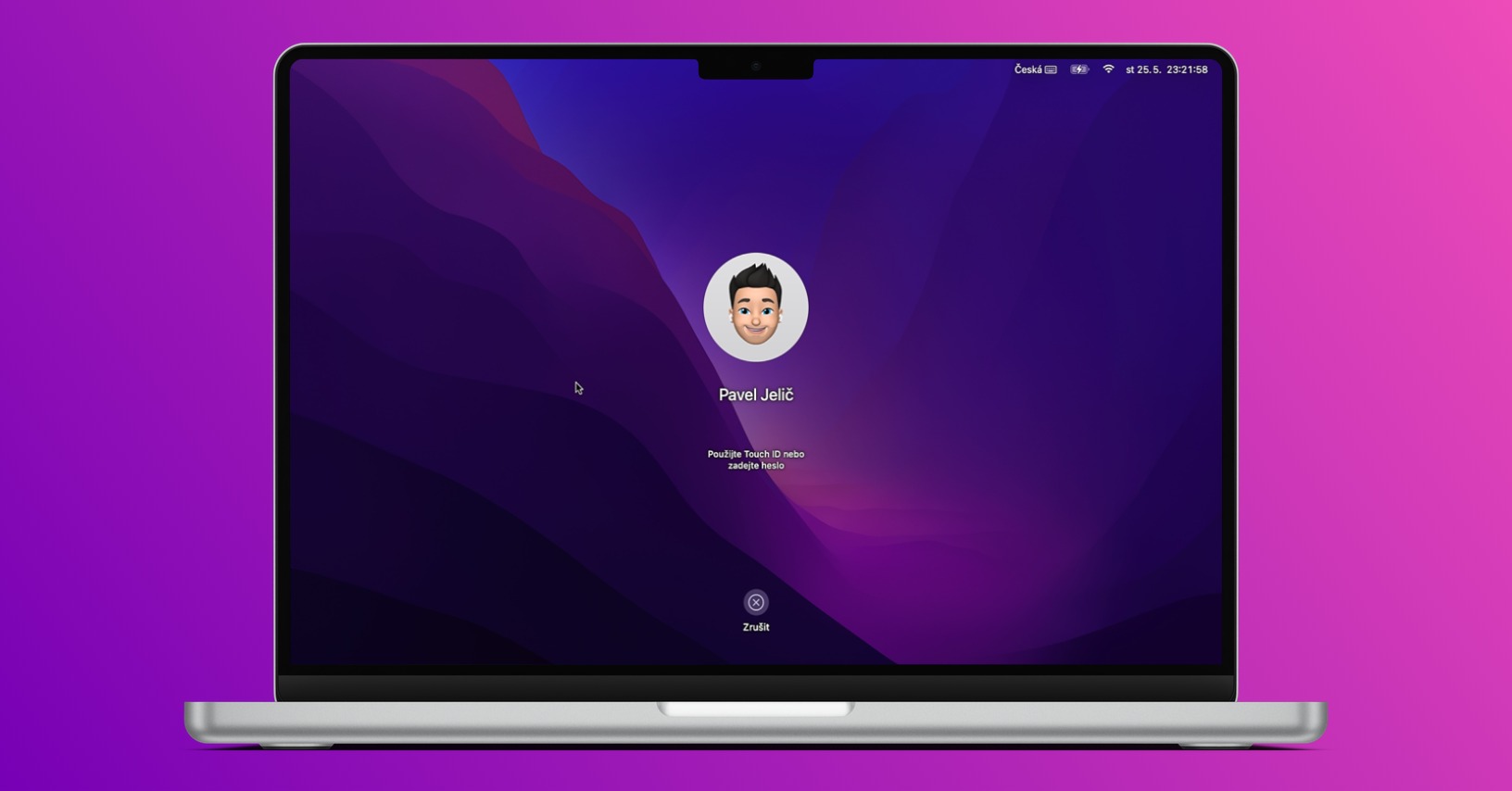
Find and repair disk errors
Having major performance issues with your Mac? Does your apple computer even restart or shut down from time to time? If you answered yes, then I have an interesting tip for you. During long-term use of macOS, various errors may begin to appear on the disk. The good news is that your Mac can find and possibly fix these errors. Go to the native app to find and fix bugs disk utility, which you open through Spotlight, or you can find it in Applications in the folder Utilities. Click here on the left internal disk, to mark it, then press at the top Rescue. Then it's enough hold a guide.
Uninstall apps – correctly!
If you want to delete an app in macOS, just grab it and move it to the trash. That's true, but in reality it's definitely not that simple. Practically every application creates various files within the system that are stored outside the application. Therefore, if you grab the application and throw it in the trash, these created files will not be deleted. In any case, the application can help you delete files AppCleaner, which is available for free. You simply start it, move the application into it, then you will see all the files that the application created and you can delete them.
Disable animations and effects
Apple's operating systems simply look good. In addition to the general design, animations and effects are also responsible for this, but they need a certain amount of power to render. Of course, this isn't a problem with newer Apple computers, but if you own an older one, you'll appreciate every bit of performance. In any case, you can easily deactivate animations and effects in macOS. You just need to go to → System Preferences → Accessibility → Monitor, where activate Limit movement and ideally Reduce transparency.
Turn off hardware intensive applications
From time to time, it may happen that an application does not understand a new update. This can then result in what is known as application looping, which in turn causes excessive use of hardware resources and the Mac begins to freeze. In macOS, however, you can have all demanding processes displayed and possibly turn them off. Just go to the native Activity Monitor app, which you open through Spotlight, or you can find it in Applications in the Utilities folder. Here, in the top menu, move to the CPU tab, then sort all the processes descending according to CPU% a watch the first bars. If there is an app that is using the CPU excessively and for no reason, tap it mark then press the X button at the top of the window and finally confirm the action by pressing End, or Force Termination.
Check the applications running after startup
When you turn on your Mac, there are tons of different actions and processes going on in the background, which is why it's slow at first after startup. On top of all this, some users let various applications start automatically after startup, which slows down the Mac even more. Therefore, it is definitely worth removing practically all applications from the list of automatic startup after startup. It's not complicated - just go to → System Preferences → Users and Groups, where on the left click on Your Account, and then move to the bookmark at the top Login. Here you will already see a list of applications that start automatically when macOS starts. To delete the application tap to mark and then tap on the bottom left icon –. In any case, some applications do not appear in this list and it is necessary to disable auto-start for them directly in the preferences.
